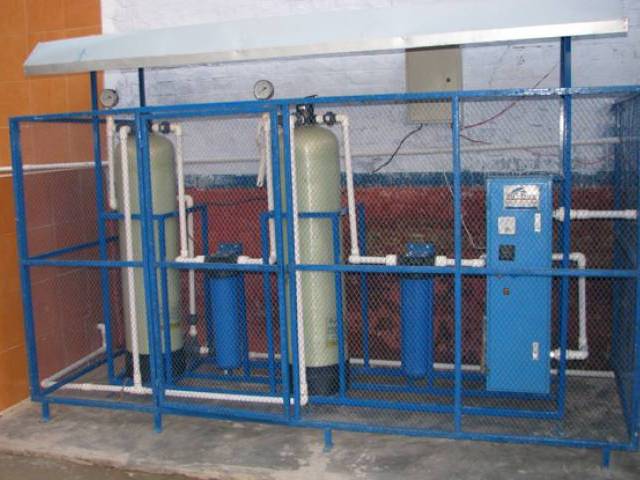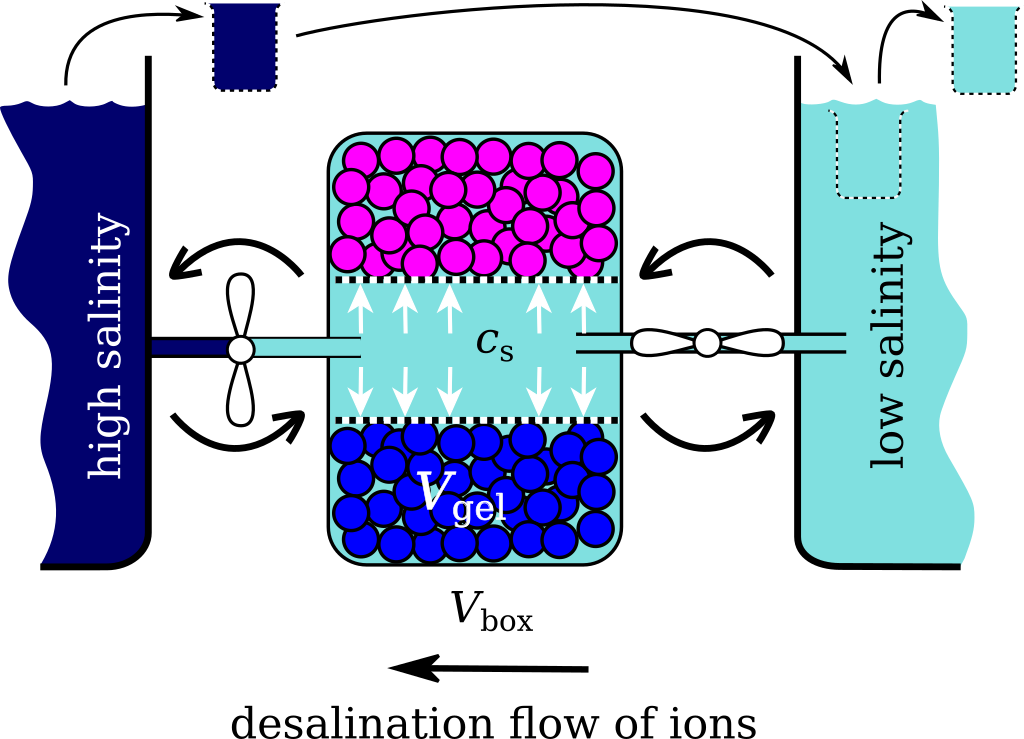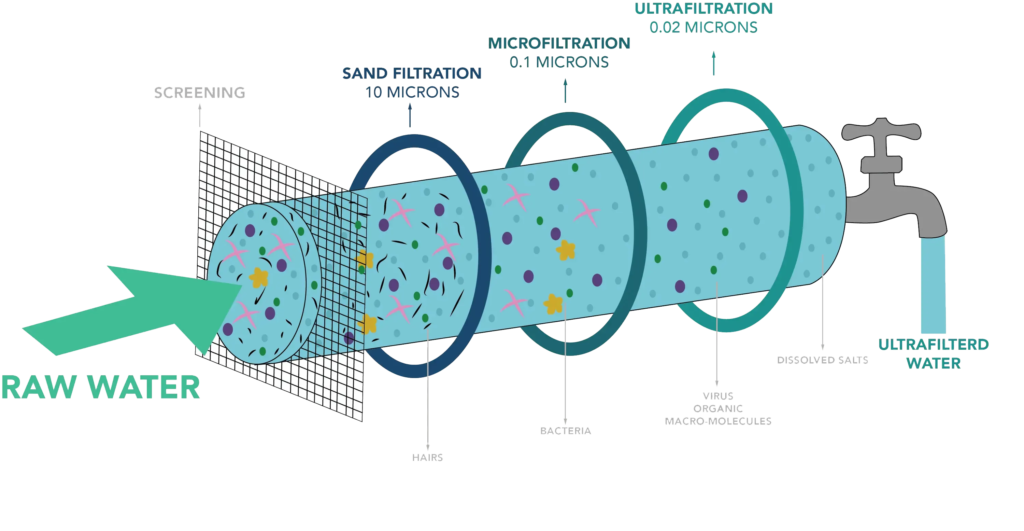Reverse Osmosis

Reverse osmosis is a technology used to remove any contaminants that come in the form of molecules. The system works by eliminating molecular compounds of sizes smaller than water. The process can be compared to squeezing out what is good and throwing undesired residue away. There are thousands of compounds that can make water unhealthy of human and animal consumption. These compounds include iron, lead, calcium and manganese among others. Reverse osmosis has been found to be the most effective purification method that can rid the water of these molecular compounds. This method has been lauded as the best in purifying water for industrial and printing processes that require only mineral-free water.
Our experts ensure that all contaminants are filtered from water to make it clean and free of compounds. Compared to tap water that is unfiltered, reverse osmosis water has fewer compounds. Even with piped water, chances are that you are drinking contaminated water such as lead. Lead is a leading contaminant, especially where plumbing is old and dilapidated. RO removes lead from water and frees people from many diseases such as high blood pressure, nerve damage and low fertility. Drinking reverse osmosis water can also eliminate risks of brain damage and anemic conditions, especially in children. Parasites are another threat to clean and safer water. Our proven RO systems can guarantee filtration and removal of disease causing parasites that find their way into water sources.
Filtration
Filtration is the process of removing suspended solids from water by passing the water through a permeable fabric or porous bed of materials. Groundwater is naturally filtered as it flows through porous layers of soil. However, surface water and groundwater under the influence of surface water is subject to contamination from many sources. Some contaminants pose a threat to human health, and filtration is one of the oldest and simplest methods of removing them. Federal and state laws require many water systems to filter their water. Filtration methods include slow and rapid sand filtration, diatomaceous earth filtration, direct filtration, packaged filtration, membrane filtration, and cartridge filtration.

Softner Plant

A hard water softener is an appliance that uses sodium chloride, also known as salt, to treat hard water. Hard water contains an excess of minerals such as calcium, magnesium, manganese, and iron that can be an expensive nuisance for a home. These minerals are taken up in the underground water supply and, as the water is heated in the home, they crystallize and stick to household surfaces. Sodium chloride, the effective component of water softener, works to replace these unwanted minerals.
A water softener is a fairly simple appliance that is stocked with salt. In water softening process the water supply passes through the water softener over resin beds, rows of resin beads perform an ion-exchange. The resin beads chemically attract the unwanted ‘hard’ mineral ions and exchange them with sodium ions. Softener resin is mainly strong acid Cation resin.
Desalination
Desalination, desalinization or Sea Water Plant refers to any of several processes that remove the excess salt and other minerals from water in order to obtain fresh water suitable for animal consumption or irrigation, and if almost all of the salt is removed, for human consumption, sometimes producing table salt as a by-product.
The traditional process used in these operations is distillation – essentially the boiling of water at less than atmospheric pressure, and thus a much lower temperature than normal.
Due to the reduced temperature, energy is saved.

Ultrafiltration

Ultrafiltration (UF) is a membrane filtration process similar to Reverse Osmosis, using hydrostatic pressure to force water through a semi-permeable membrane. The pore size of the ultrafiltration membrane is usually 103 – 106 Daltons. Ultrafiltration (UF) is a pressure-driven barrier to suspended solids, bacteria, viruses, endotoxins and other pathogens to produce water with very high purity and low silt density.
Ultrafiltration (UF) is a variety of membrane filtration in which hydrostatic pressure forces a liquid against a semi permeable membrane. Suspended solids and solutes of high molecular weight are retained, while water and low molecular weight solutes pass through the membrane. Ultrafiltration is not fundamentally different from reverse osmosis, microfiltration or nanofiltration, except in terms of the size of the molecules it retains.
Deionization
Deionization (DI) is a very convenient and cost-effective water filtration process for producing highly purified water on demand for aquarium or hydroponic use. By definition, deionization, often called DI for short, is the removal of all ionized minerals and salts (both organic and inorganic) from water through the process of ion exchange. Because most non-particulate water impurities are dissolved salts, deionization produces high purity water that is generally similar to distilled water, but compared to distillation deionization is much faster, less energy-intensive, and more cost-effective. In addition, it is an on-demand process that supplies large amounts of highly purified water as needed. Deionization removes total dissolved solids (TDS) from water using ion exchange resins, controlling the electric charge of ions in the water to remove the TDS. Much like a positively charge magnet will attract a negatively charged magnet; DI resins attract non-water ions and replace them with water ions, producing a more purified water.

